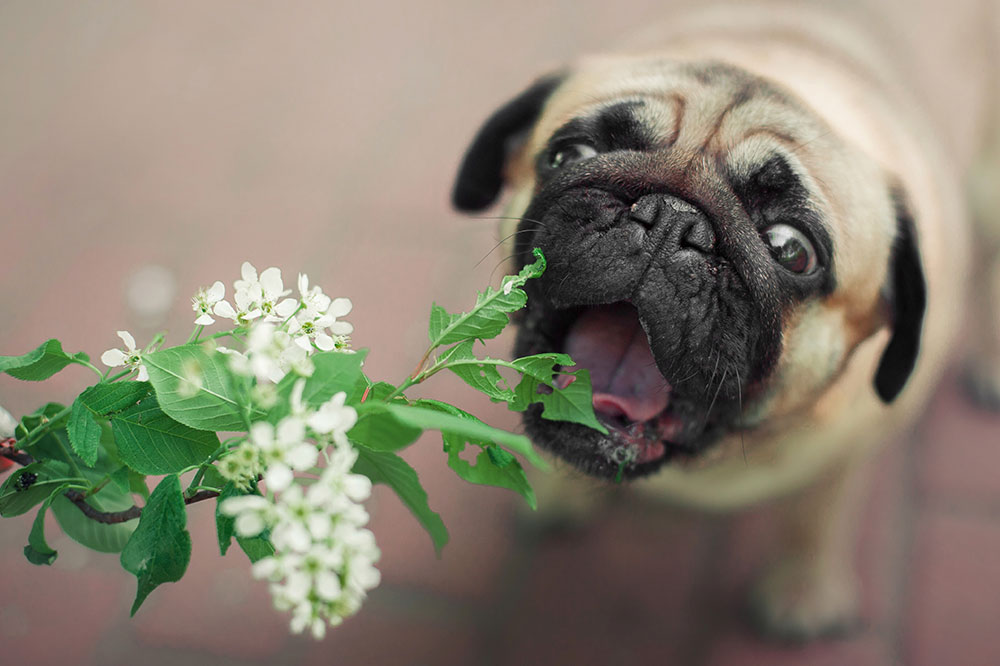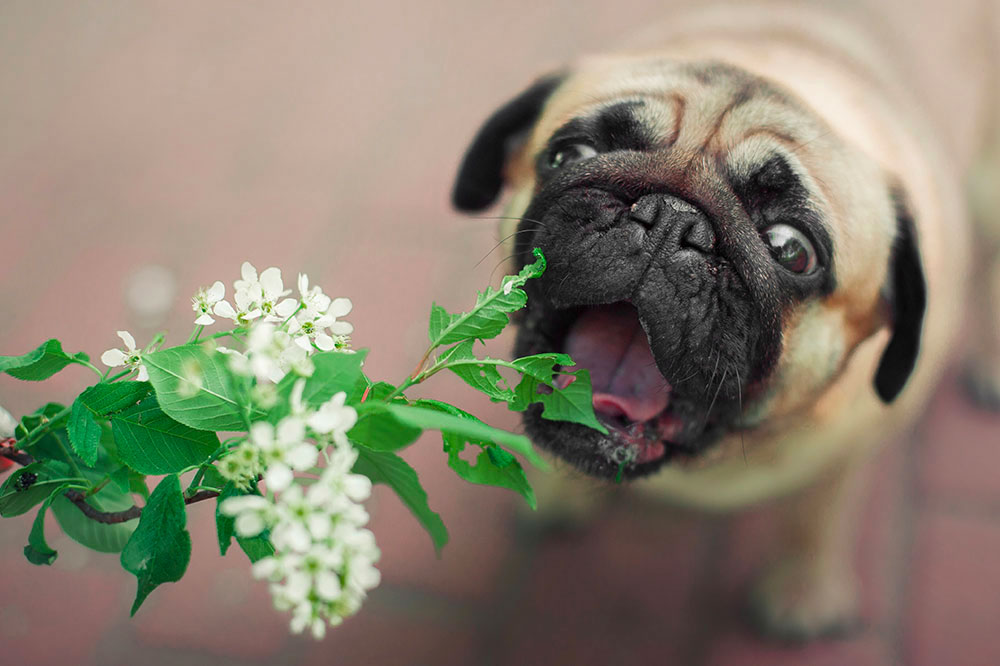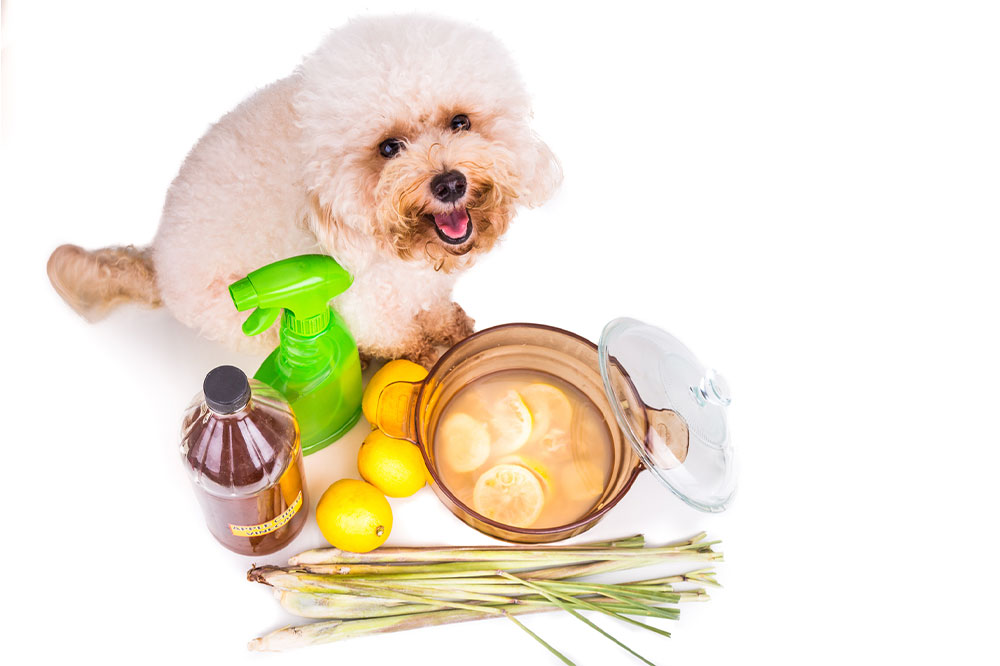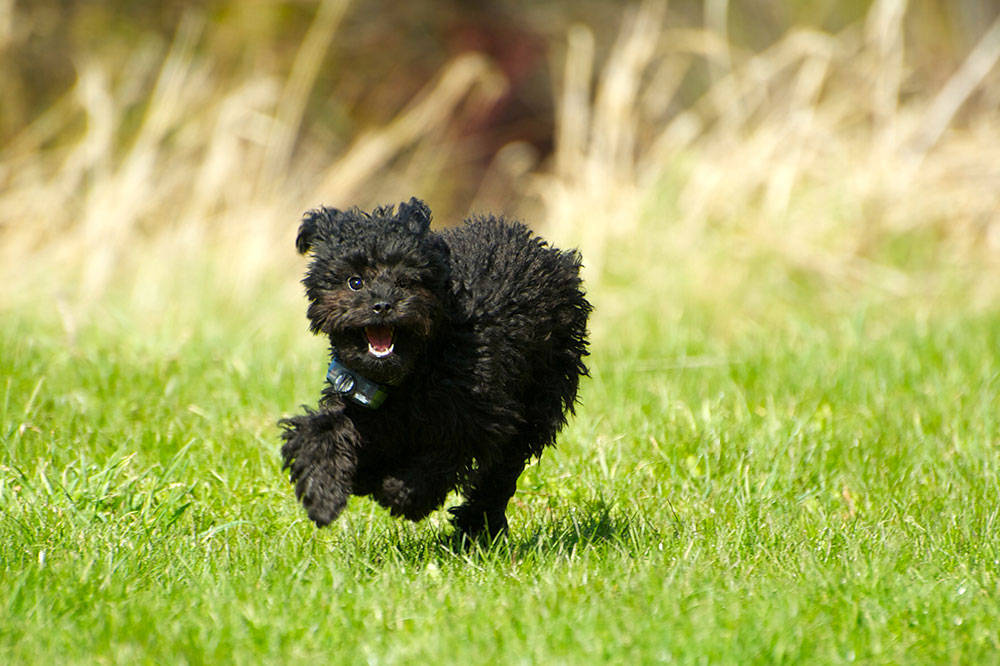Essential Guide to Toxic Indoor and Garden Plants That Can Harm Your Dogs
Discover essential information about common household and garden plants that pose health risks to dogs. Learn to identify toxic plants like Sago Palm, Aloe Vera, Elephant’s Ear, Azaleas, Ivy, and Snake Plant. This comprehensive guide offers vital safety tips for pet owners to prevent accidental poisonings and protect their furry friends effectively. Understand symptoms, necessary actions, and how to create a safer environment for your pet, ensuring their well-being and peace of mind.

Essential Guide to Toxic Indoor and Garden Plants That Can Harm Your Dogs
Dogs are known for their playful nature and curious instincts, which often lead them to explore their environment with intense curiosity. This exploration, however, can sometimes expose them to various hazards, especially when they encounter certain plants that are toxic to them. Many pet owners are unaware that commonplace houseplants and garden plants might pose serious health risks to their furry companions. Consequently, understanding which plants are potentially poisonous is vital for ensuring your dog's safety and well-being. This comprehensive guide aims to inform pet owners about common toxic plants, their effects, and safety precautions to protect dogs from accidental poisoning.
Sago Palm
The Sago Palm, a popular ornamental plant especially in warm climates, is often used indoors and outdoors due to its striking appearance. However, it is crucial to recognize that all parts of the Sago Palm are highly toxic to dogs. Ingesting even small amounts can result in severe health issues, including intense vomiting, diarrhea, abdominal pain, tremors, seizures, and even liver failure. Immediate veterinary intervention is essential if your dog consumes any part of this plant, as the toxin's effects can escalate rapidly and be life-threatening.
Aloe Vera
Widely appreciated for its soothing and healing properties for humans, aloe vera is also a common household plant. While it has numerous benefits for skin and health in people, it contains substances that can be hazardous to dogs if ingested. Consuming aloe vera can lead to symptoms such as fatigue, vomiting, stomach upset, and diarrhea in dogs. It's important to keep aloe vera plants out of their reach, especially in homes where dogs are present, to prevent accidental ingestion.
Elephant’s Ear
The Elephant’s Ear, with its large, decorative leaves, is often used to brighten up indoor or outdoor spaces. However, it contains insoluble oxalate crystals that are irritating to dogs’ mouths and digestive systems. If a dog nibbles or chews on this plant, it can cause mouth and throat irritation, swelling, excessive drooling, vomiting, and diarrhea. Though not usually fatal, prompt veterinary care is advised to alleviate symptoms and prevent further complications.
Azaleas
Azaleas are popular flowering shrubs admired for their vibrant colors. Unfortunately, all parts of azaleas—including leaves, flowers, seeds, and nectar—are toxic to dogs. Ingesting azalea parts can lead to hypersalivation, vomiting, diarrhea, muscle weakness, irregular heartbeats, low blood pressure, and in severe cases, can be fatal. If you suspect your dog has consumed azalea material, immediate veterinary attention is crucial for survival and recovery.
Ivy
Common types such as English ivy and Golden Pothos are frequently found in homes and gardens for their aesthetic appeal. Despite their popularity, these plants contain toxins that are harmful to dogs. Eating ivy can cause symptoms like mouth irritation, excessive drooling, vomiting, and diarrhea. To minimize risk, keep ivy plants out of reach of curious dogs and clean up any fallen leaves or debris promptly.
Snake Plant
Known for its resilience and low maintenance, the Snake Plant (Sansevieria) is often favored as a houseplant. While it adds greenery to any space, it is toxic to pets, including dogs. If a dog chews or ingests parts of a Snake Plant, it can result in nausea, vomiting, and gastrointestinal discomfort. Although it’s not usually life-threatening, symptoms should be monitored closely, and veterinary care sought if they persist.
If your dog accidentally consumes any of these toxic plants, immediate veterinary consultation is paramount. Recognizing early signs of poisoning and seeking prompt treatment can significantly improve outcomes and help ensure your furry friend remains healthy and safe.





